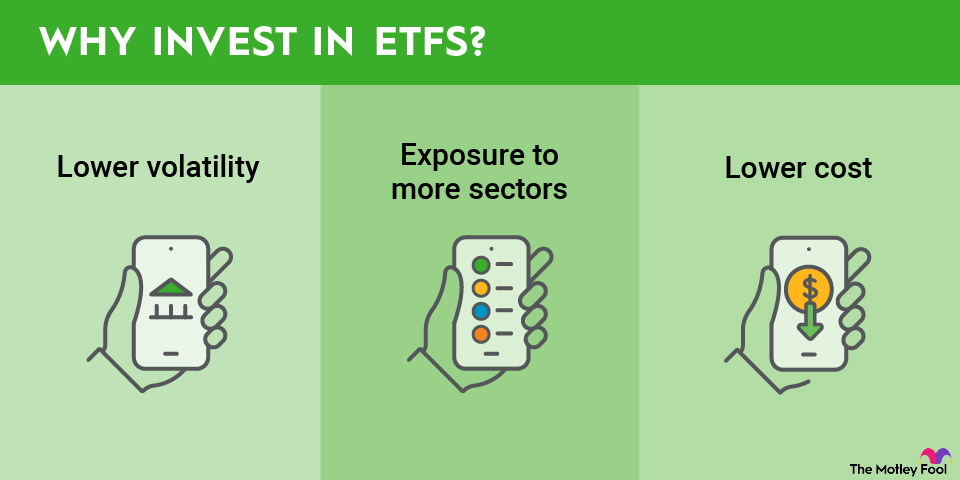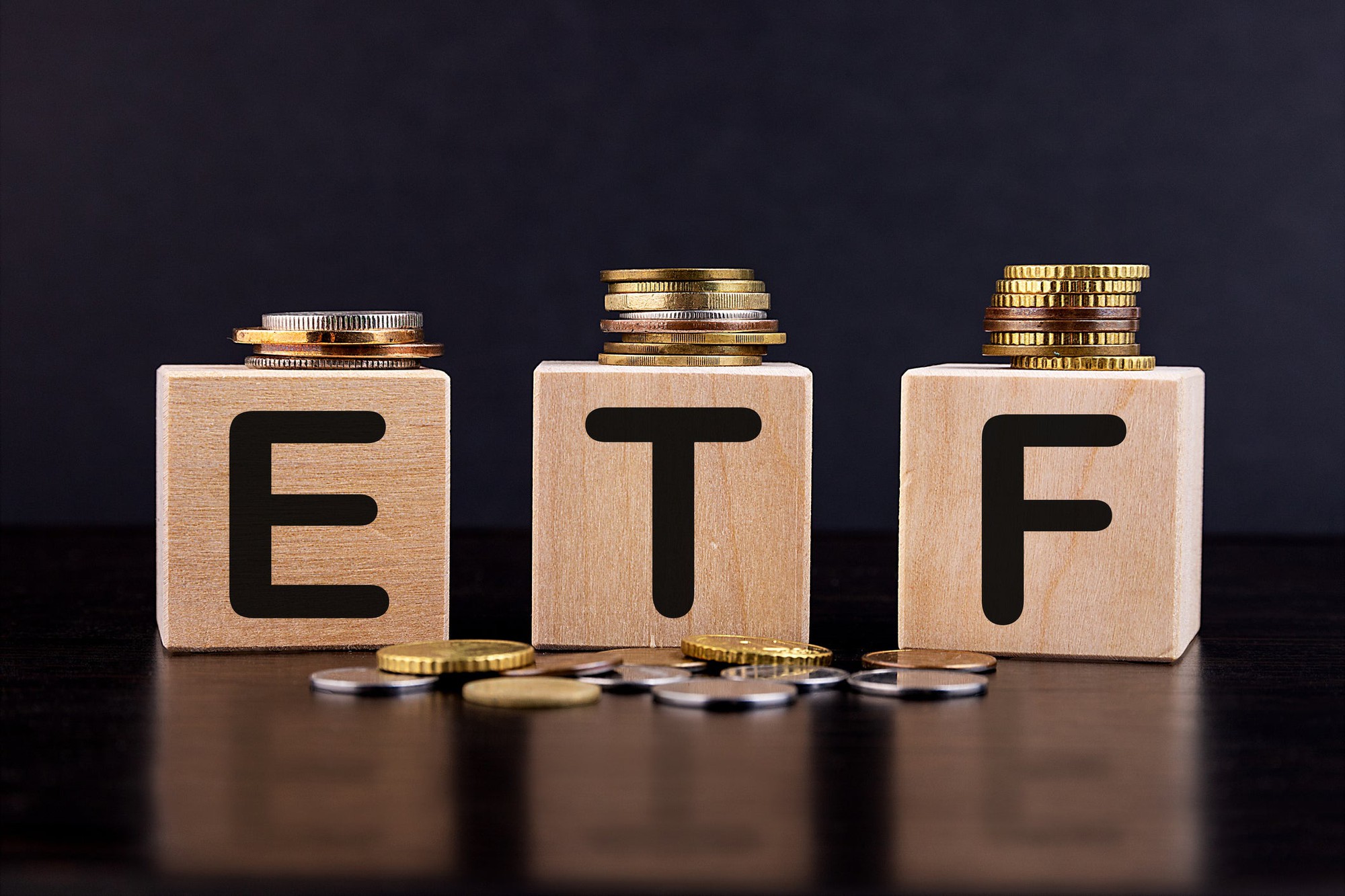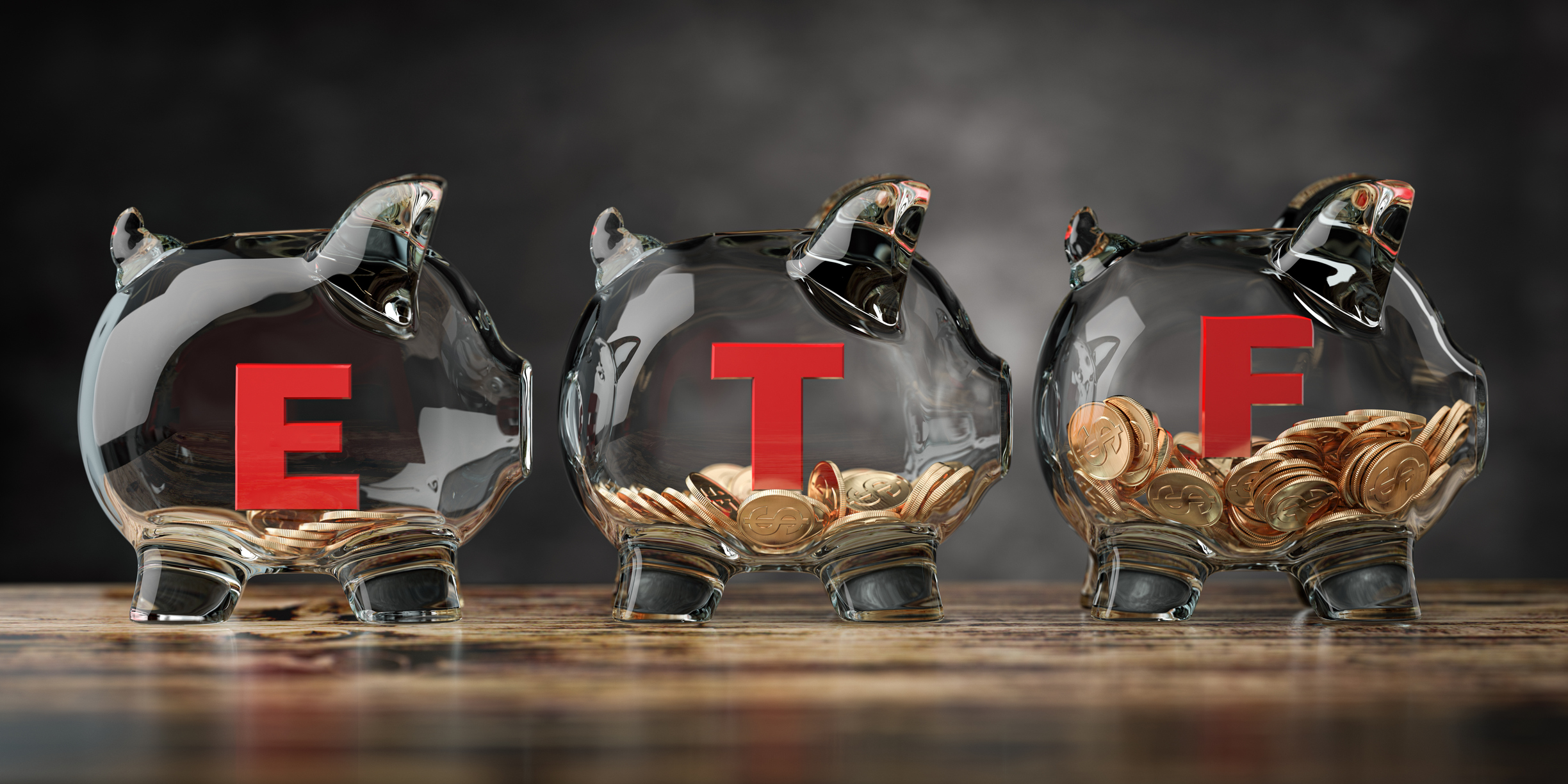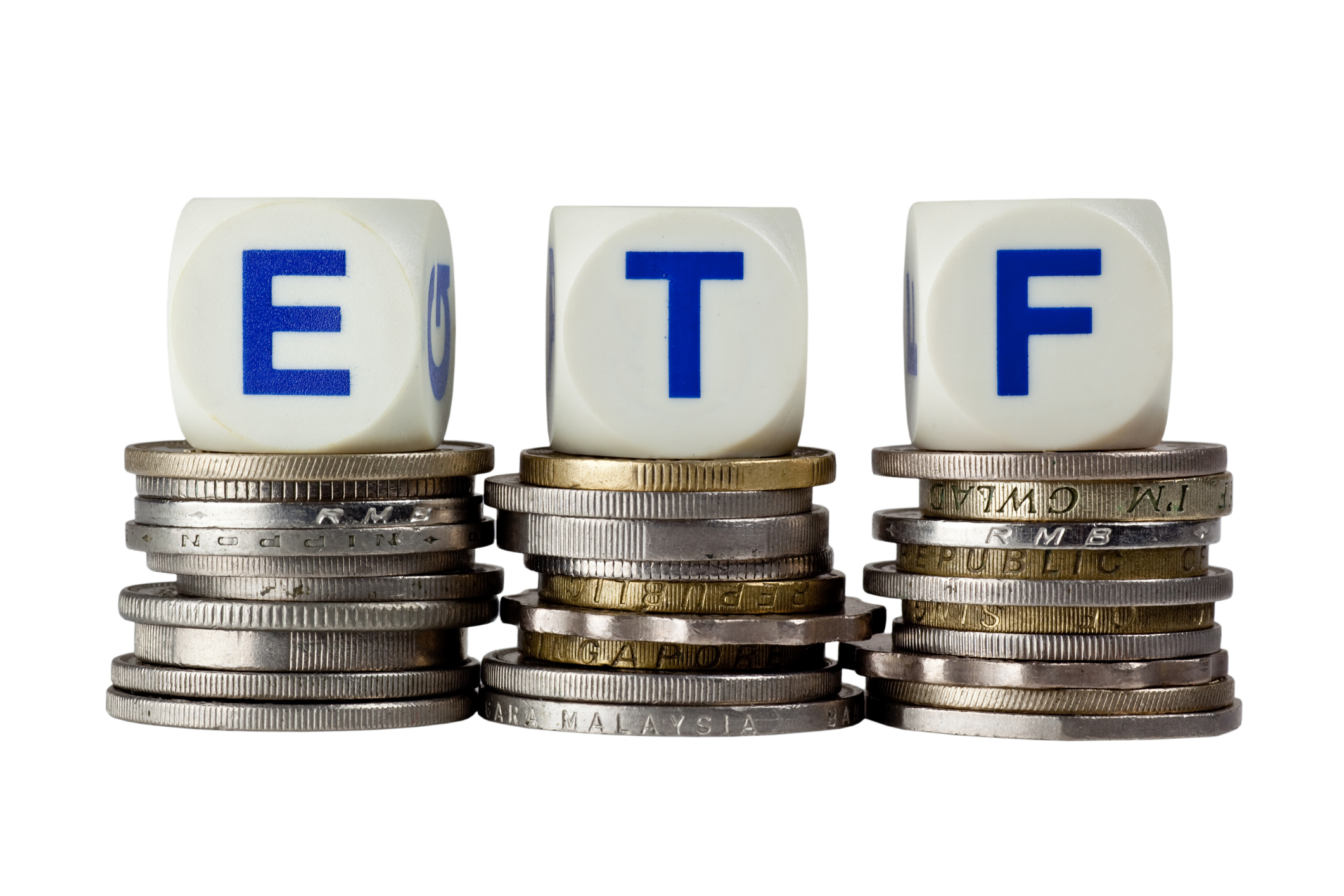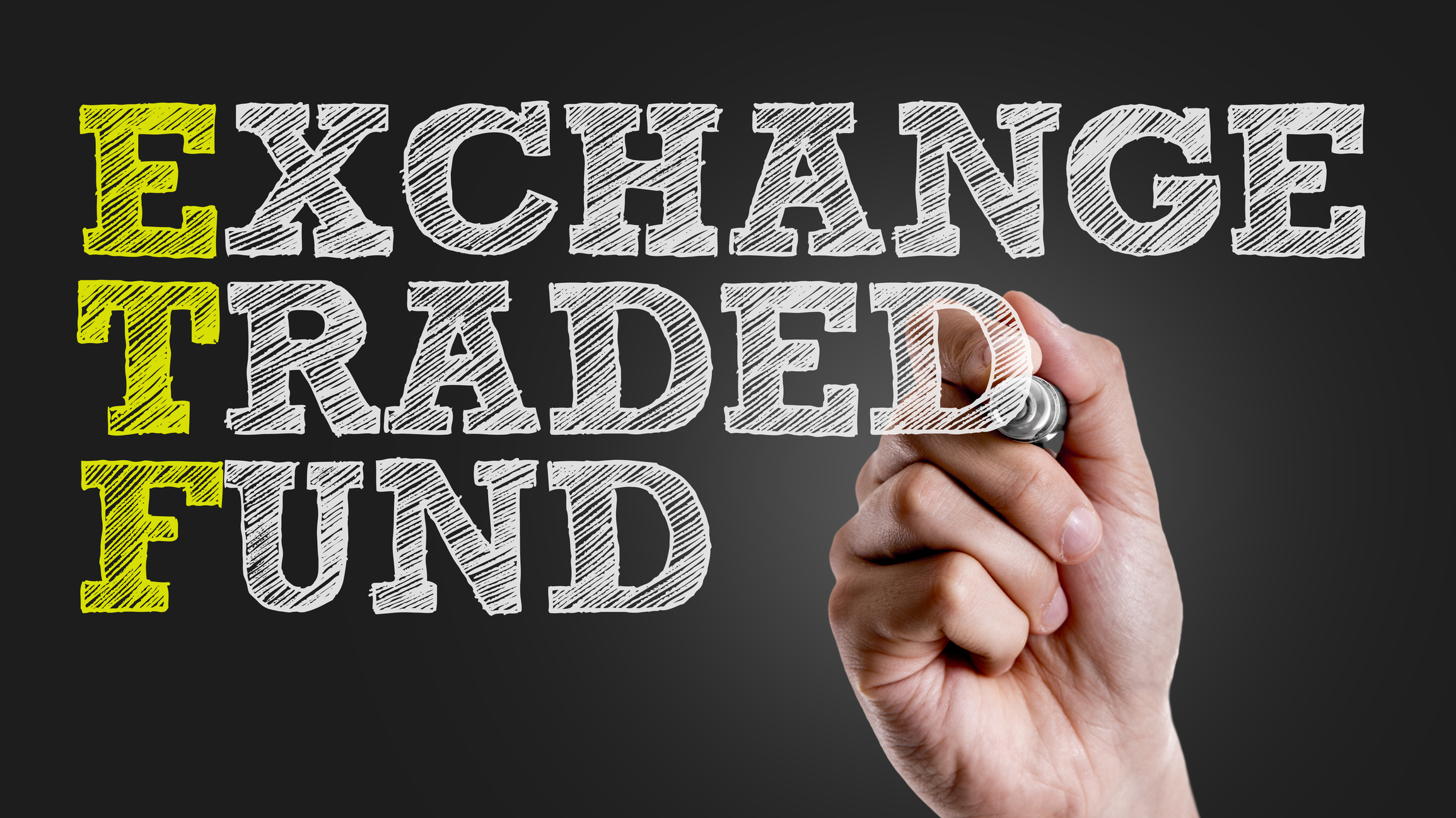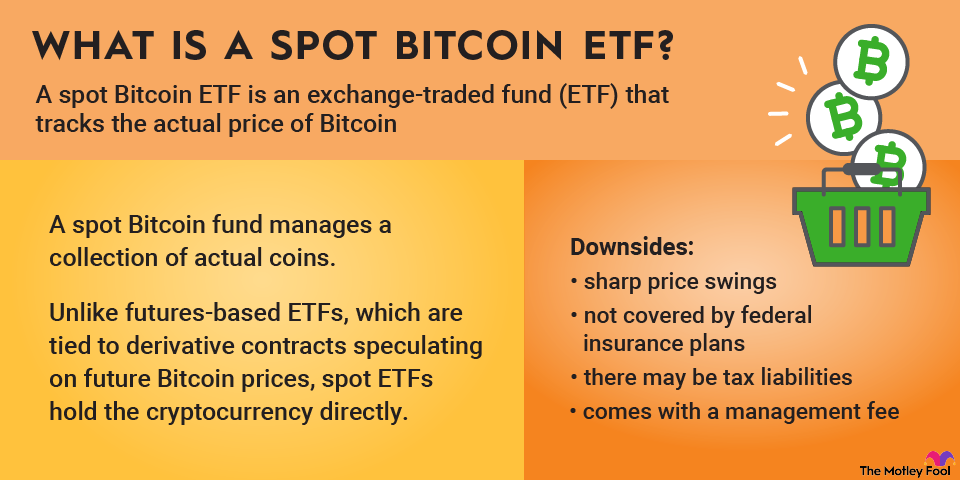
NYSEMKT: PHYS
Key Data Points
It's a closed-end fund (CEFs), which introduces quirks and limitations that beginner investors must understand before buying. Because of its structure, this fund behaves differently from modern gold ETFs and can trade away from the value of its underlying gold.
Exchange-Traded Fund (ETF)
What is the Sprott Physical Gold Trust?
The Sprott Physical Gold Trust is a closed-end fund, not a traditional ETF. Closed-end funds issue a fixed number of units and trade based on market supply and demand.
As a result, the trust can trade at a premium or discount to its net asset value (NAV). NAV represents the value of the gold per unit based on the metal held in the vault. As of Nov. 13, 2025, the trust trades at roughly a 2.345% discount. That means investors are buying units for slightly less than the underlying gold is worth.
Modern gold ETFs don't have this issue because authorized participants can create or redeem shares throughout the trading day. When demand is high, they create new shares using gold bars; when demand is low, they redeem shares and take gold out. This mechanism keeps prices aligned with NAV.
Even with these structural differences, the trust has remained popular due to its long history (it launched Feb. 25, 2010), strong brand reputation, and large asset base. It currently manages $15.6 billion, and it is dual-listed in both the U.S. and Canada.
How to buy the Sprott Physical Gold Trust
- Step One: Open your brokerage account: Log in to your brokerage account where you handle your investments.
- Step 2: Search for the ETF: Enter the ticker or fund name into the search bar to bring up the ETF's trading page.
- Step 3: Decide how many shares to buy: Consider your investment goals and how much of your portfolio you want to allocate to this fund.
- Step 4: Select order type: Choose between a market order to buy at the current price or a limit order to specify the maximum price you're willing to pay.
- Step 5: Submit your order: Confirm the details and submit your buy order.
- Step 6: Review your purchase: Check your portfolio to ensure your order was filled as expected and adjust your investment strategy accordingly.
Holdings of the Sprott Physical Gold Trust
The trust holds physical gold bullion stored at the Royal Canadian Mint and audited by KPMG. As of Nov. 13, 2025, the trust contains 3,736,085 ounces of gold against 480,371,393 units outstanding. This means each unit represents roughly 0.00778 ounces of gold. The fund owns no gold futures or gold stocks -- only bullion.
Should I invest in the Sprott Physical Gold Trust?
Compared to buying coins or bars, the Sprott Physical Gold Trust is more convenient and eliminates storage concerns. But compared to modern gold ETFs, it offers no clear advantages.
The premium and discount behavior adds a layer of complexity. If you plan to invest soon and the units trade at a premium, you may overpay. If they trade at a discount, there is no guarantee it will close quickly.
The trust is also more expensive than competitors, with a fee nearly 4 times that of the cheapest gold ETFs. That said, if your goal is gold exposure for inflation hedging or diversification and you prefer a long-standing, well-known fund, this product remains serviceable -- it's just not optimal for most investors in 2025.
Does the Sprott Physical Gold Trust pay a dividend?
No. The trust does not pay dividends because physical gold does not generate income.
What is the Sprott Physical Gold Trust's expense ratio
The expense ratio is 0.39%, meaning investors pay $39 yearly for every $10,000 invested. This fee is deducted from the fund's assets and reflected in the NAV.
Expense Ratio
Historical performance of the Sprott Physical Gold Trust
Metric | 1 Year | 3 Years | 5 Years | 10 Years |
|---|---|---|---|---|
Net Asset Value | 44.68% | 33.97% | 15.63% | 12.68% |
Market Price | 42.35% | 34.01% | 15.12% | 12.46% |
Related investing topics
The bottom line on the Sprott Physical Gold Trust
This trust provides real, fully allocated gold exposure and a long track record, but newer gold ETFs deliver the same exposure with lower fees and cleaner pricing mechanics. The discount and premium behavior is something beginners often overlook, making it less ideal as an entry-level gold investment.
If you want gold in your portfolio long-term, you can certainly use this fund. However, understand its quirks and be aware that better-priced, less complex alternatives exist.


